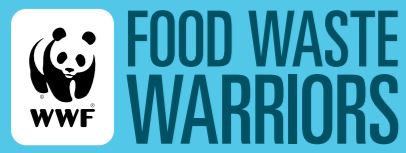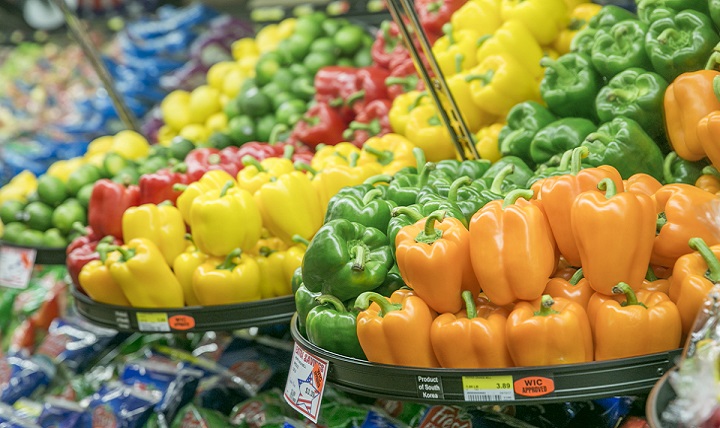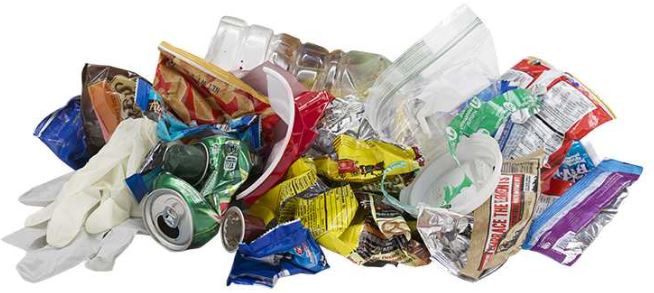Check Out These Project Ideas for Inspiration!

Become a Food Waste Warrior
Uneaten food on plates (along with food preparation waste and post-harvest waste) make reducing food waste a prime way to make a difference. Share tables, taste testing, and offering food instead of automatically serving it are some of the strategies that can minimize leftovers in the school cafeteria trash cans.

Compost Waste from the Cafeteria
Composting leftover fruits and vegetables from school lunches can keep reduce the amount of food waste that goes to landfills, which reduces methane gases that contribute to global warming. And compost can serve as an organic fertilizer that improves soil fertility.

Grow a Garden from Food Scraps
Food waste causes more land to be cleared to grow crops, contributes greenhouse gases as waste decays, and leaves people hungry. Leftover roots, sprouts and seeds can be used to grow fruits and vegetables. Garden to investigate which veggies regenerate.

Stage a Trashion Show
Fast fashion and trendy styles result in discarding and replacing clothing in an unsustainable way. Students can get creative to upcycle old clothes, tailor with tape, and give new life to old threads. Remnants can be repurposed as rags, quilts, etc.

Create a New Recycling Option
Many consumer products are technically recyclable but have no local pathway for recycling. Identify such a product or materials from your waste audit or Litterati data, make a plan with Terracycle, and initiate a recylcing program for one new hard-to-recycle product in your school or community.
